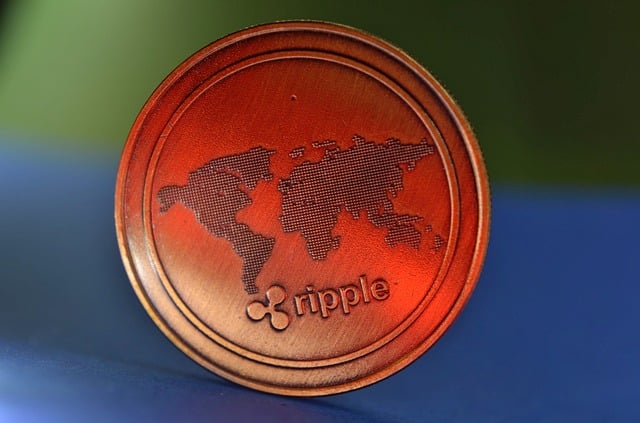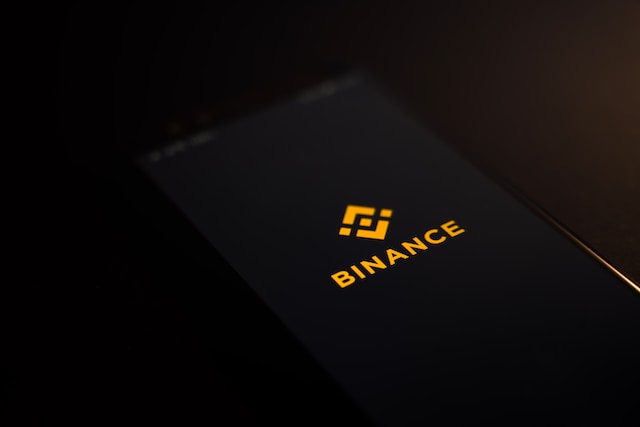- Crypto giants Ripple, Hedera, Stellar, and Cardano are actively pursuing partnerships with central banks, leveraging their unique features to revolutionize cross-border payments and enhance financial inclusion.
- The adoption of ISO 20022 standards serves as a transformative bridge, enabling seamless communication between the crypto world and traditional financial institutions.
Cryptocurrencies are not just disrupting financial markets; they are actively seeking partnerships with central banks to reshape cross-border payments and promote financial inclusion. Ripple, Hedera Hashgraph, Stellar, and Cardano are at the forefront of this revolutionary movement, leveraging their unique features to address the challenges faced by traditional financial institutions.
ISO 20022 Standards Driving Collaboration
The adoption of ISO 20022 standards in the financial industry serves as a catalyst for these crypto giants’ interest in central bank partnerships. ISO 20022 provides a standardized and secure means of financial messaging, replacing the outdated SWIFT system. Its widespread use ensures efficiency, openness, and compatibility, making it an ideal platform for bridging the gap between traditional banking and cryptocurrencies.
Ripple’s Ambitious Push
Ripple, a pioneer in the cryptocurrency and digital payment space, is actively pursuing partnerships with central banks. RippleNet, the global payment network, connects banks and payment providers, offering almost instantaneous cross-border transactions.
The Interledger Protocol (ILP) is a compelling feature for central banks seeking efficient payment solutions. Despite regulatory obstacles, Ripple’s technology could revolutionize cross-border payments and offer a viable alternative to the established SWIFT network.
Hedera Hashgraph’s Scalability and Security
Hedera Hashgraph (HBAR) stands out with its unique Hashgraph consensus mechanism, providing scalability, security, and fairness. The XDPoS consensus method ensures quick transaction confirmations while maintaining network security and decentralization. Hedera’s attributes make it a strong candidate for partnerships with central banks, offering secure and efficient cross-border transactions and trade financing.
Stellar’s Mission for Financial Inclusion
Stellar (XLM) is designed as a decentralized payment platform with a focus on global financial inclusion. The Stellar Consensus Protocol (SCP) facilitates quick transaction confirmations without resource-intensive mining. Lumens (XLM), Stellar’s native cryptocurrency, plays a crucial role in enabling cross-currency transactions.
Stellar’s emphasis on micropayments and tokenized assets align with central banks’ needs for a versatile and accessible financial infrastructure.
Cardano’s Research-Driven Approach
Cardano (ADA) stands out with its research-based approach to blockchain technology. Decentralized apps (dApps) and smart contracts offer scalability, sustainability, and interoperability. ADA staking and the energy-efficient Ouroboros proof-of-stake consensus mechanism contribute to Cardano’s appeal for central banks seeking a reliable and forward-thinking blockchain platform.
ISO 20022: A Transformative Bridge for Crypto-Fiat Collaboration
The adoption of ISO 20022 standards serves as a transformative bridge, allowing seamless communication between the crypto world and traditional financial institutions. As central banks explore the benefits of ISO 20022 compliance, the potential advantages of increased security, cost savings, and efficiency must be carefully weighed against the complex regulatory landscape that cryptocurrencies bring.
The ongoing discussions between crypto giants and central banks have the potential to shape the future of international finance.















+ There are no comments
Add yours